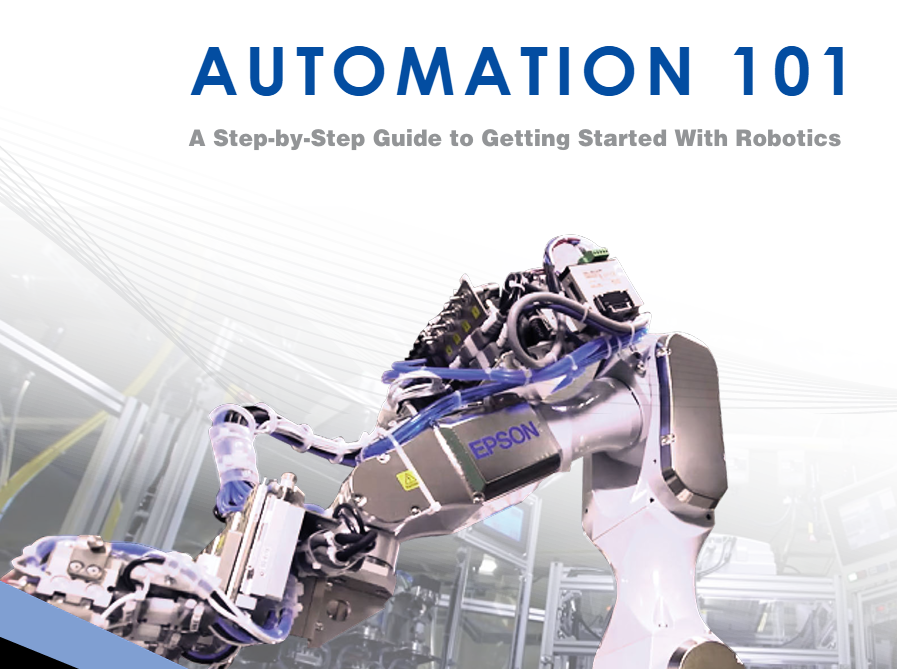From labor shortages and rising costs to quality control and throughput demands, more manufacturers are turning to robotics to stay competitive. But where do you begin when no two operations are the same?
The truth is, there’s no one-size-fits-all solution. Every automation journey is unique — but each should always begin with asking the right questions. If you’re just getting started, this five-step guide can help you plan confidently and avoid costly missteps.
Step 1: Know Your “Why”
Start by identifying your biggest operational challenges. Are you trying to reduce costs, improve product quality, increase volume, or eliminate repetitive tasks that cause injury? Defining your goals upfront will help shape the rest of your strategy and ensure your investment pays off.
Step 2: Understand Your Current Process
Before you automate, map your existing process. How do parts move through production? Where do delays or errors occur? Are there repetitive motions or manual steps that create bottlenecks? Documenting your workflow will uncover key opportunities for automation and help integrators or vendors suggest the best-fit solutions.
Step 3: Identify Your Requirements
When designing a robotics solution, you’ll need to balance speed, precision, and payload — three variables that often require tradeoffs. You’ll also want to factor in cycle time, reach, and tooling requirements. Defining these parameters early will guide equipment selection and system design.
Download the Guide
Step 4: Consider the Components
Robotic systems include more than just the robot. Think through parts presentation (conveyors, feeders), end-of-arm tooling (EOAT), vision systems for alignment or inspection, and your factory’s existing standards for communication and integration. These elements are essential to a successful deployment.
Step 5: Decide Who Will Build It
You may have some internal engineering resources, but chances are you’ll need outside support. That’s where Systems Integrators (SIs) come in — or experienced partners like Epson. With more than 40 years of automation experience and a comprehensive portfolio of SCARA and 6-Axis robots, Epson brings the expertise and tools to help you automate efficiently and scale wisely.
Ready to learn more?
Download the Epson Automation 101 white paper to explore each step in more detail and start building your automation plan with confidence.
![]()




